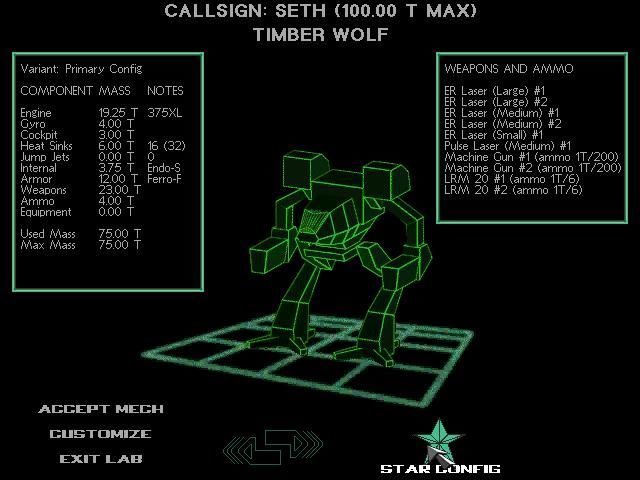an 11-year solar cycle that's expected to peak in 2024 is making the lights visible in places farther to the south. Three months ago, the light displays were visible in Arizona, marking the third severe geomagnetic storm since the current solar cycle began in 2019.
The Geophysical Institute at the University of Alaska at Fairbanks has forecast auroral activity on Thursday in Alaska, Oregon, Washington, Idaho, Montana, Wyoming, North Dakota, South Dakota, Minnesota, Wisconsin, Michigan, New York, New Hampshire, Vermont, Indiana, Maine and Maryland.
Auroral activity also has been forecast for Canada, including Vancouver.
Light displays are expected to be visible overhead in Milwaukee, Minneapolis and Helena, Montana, and low on the horizon in Salem, Oregon.; Boise, Idaho; Cheyenne, Wyoming; Annapolis, Maryland; and Indianapolis, according to the institute.
The National Oceanic and Atmospheric Administration's Space Weather Prediction Center said people wanting to experience an aurora should get away from city lights and that the best viewing times are between 10 p.m. and 2 a.m. local time.



Goddammit, only reaching as far south as Cheyenne this time. My dark sky stargazing areas are half an hour south of there and during particularly bad solar storms you can barely make out the aurora but usually need a long exposure camera. I'm dying to finally see it while the nights are warm.